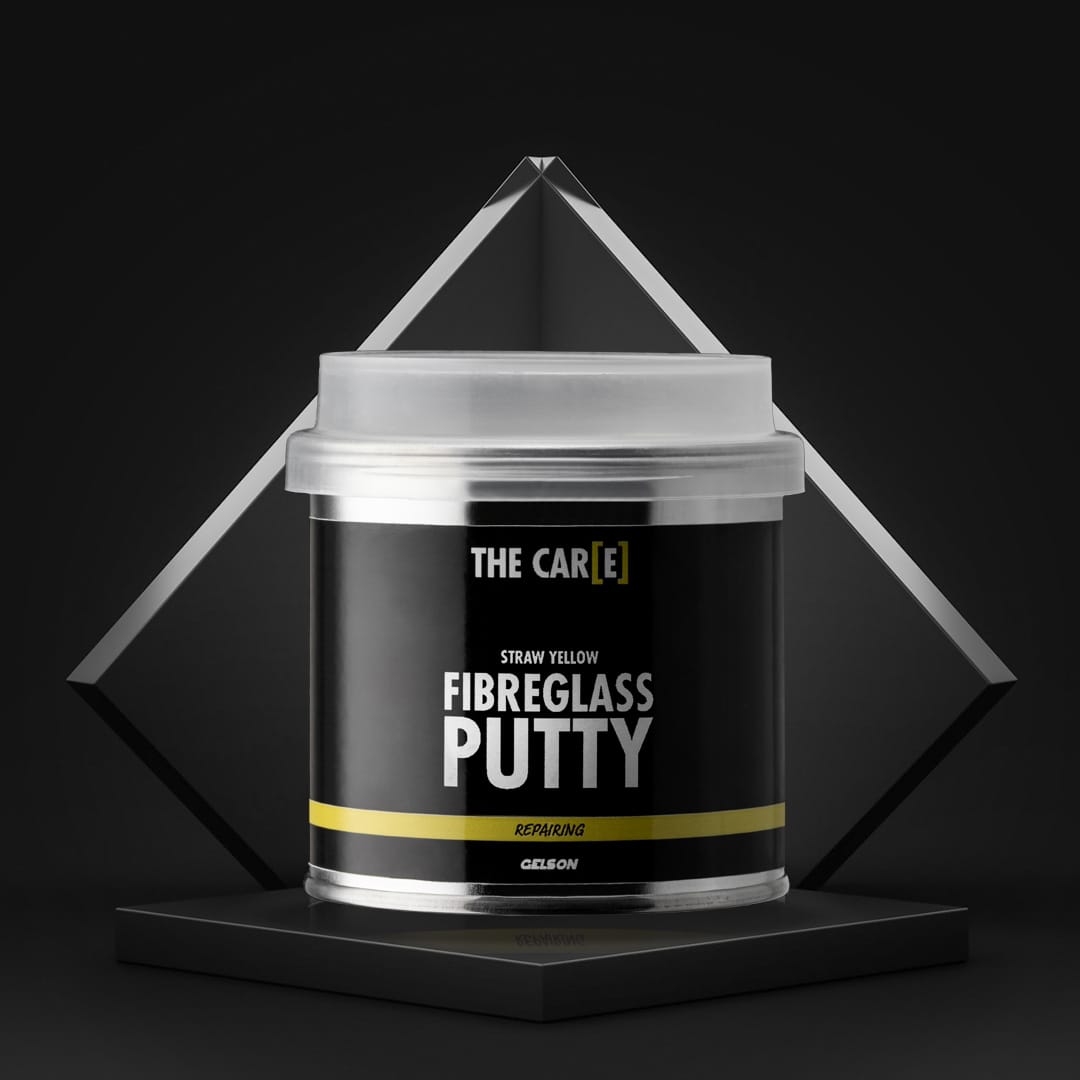


Fibreglass Putty is a glass flake reinforced fiberglass putty, ideal for applications requiring a strong, long-lasting fill . Particularly suitable for cars, it offers a resistant solution for repairs of damage to sheet metal, gelcoat and fibreglass. Unlike traditional fillers, in fact, its formulation allows you to obtain a high quality filling that does not crack, guaranteeing an optimal result during car and boat repair operations.
Discover the entire line of The Care putties .
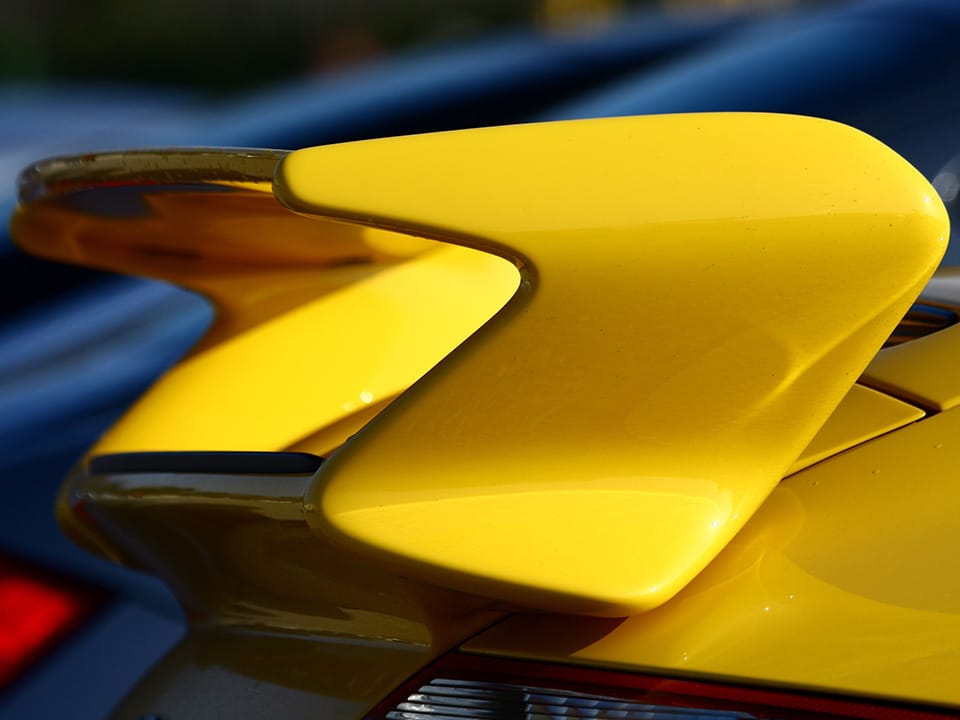
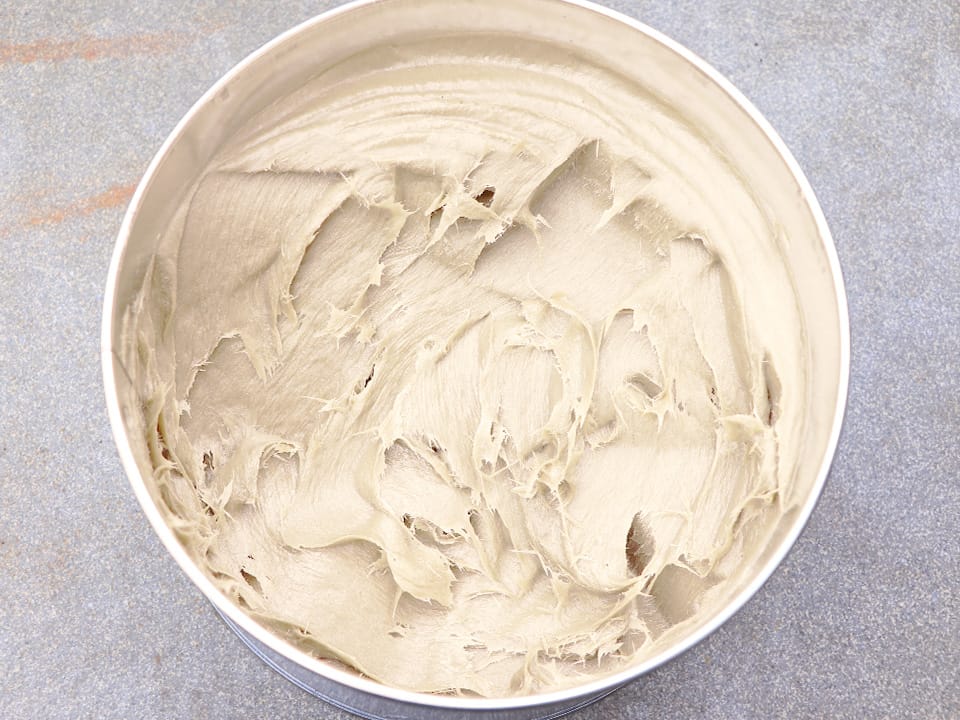
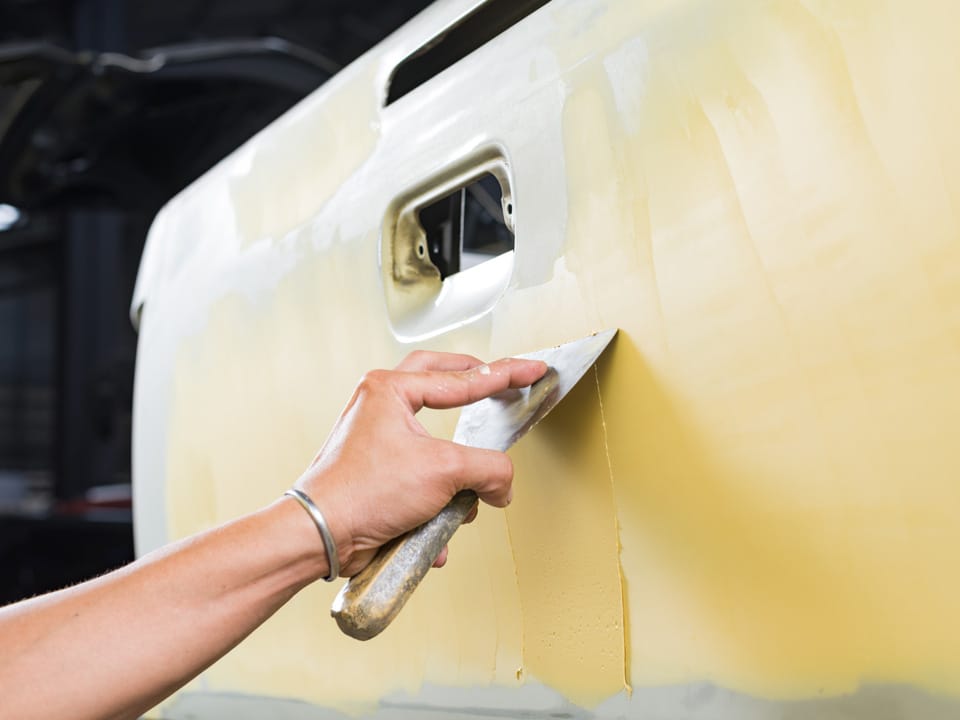
Fibreglass Putty is the ideal choice for those who want a product that combines resistance and versatility. Thanks to its formulation enriched with glass fibres, this body filler is able to withstand high thickness applications without cracking. A winning solution for car detailing lovers who aspire to tackle more complex repairs which, perhaps, require combination with other types of finishing putty such as Standard Putty white and Standard Putty grey . The use of this putty makes it very easy to level it with the Putty Knife spatulas and then proceed with sanding and subsequent finishing.
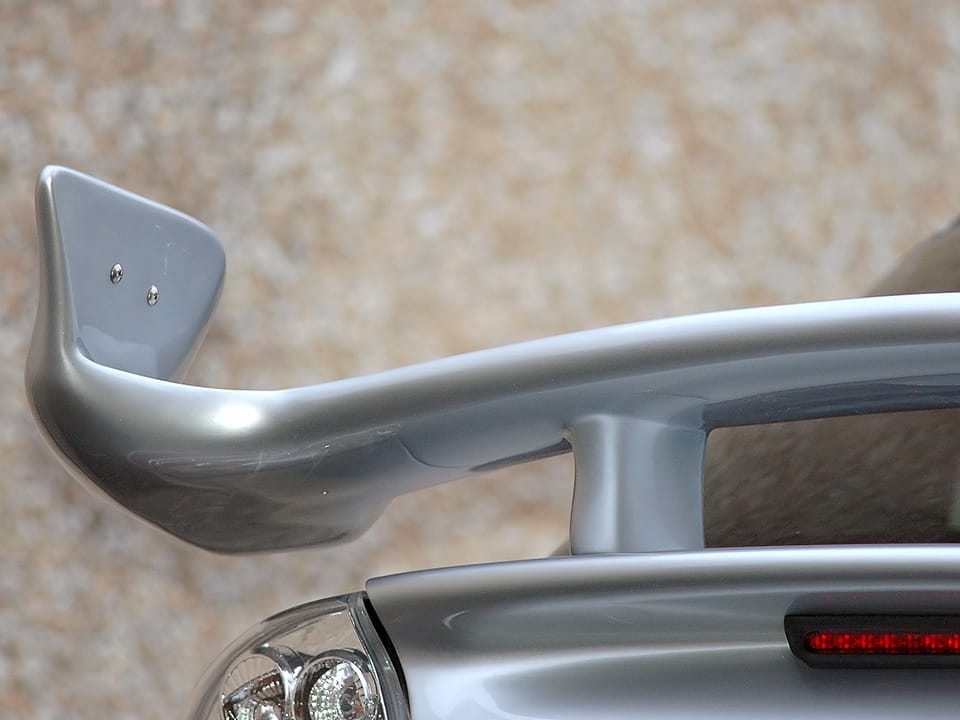
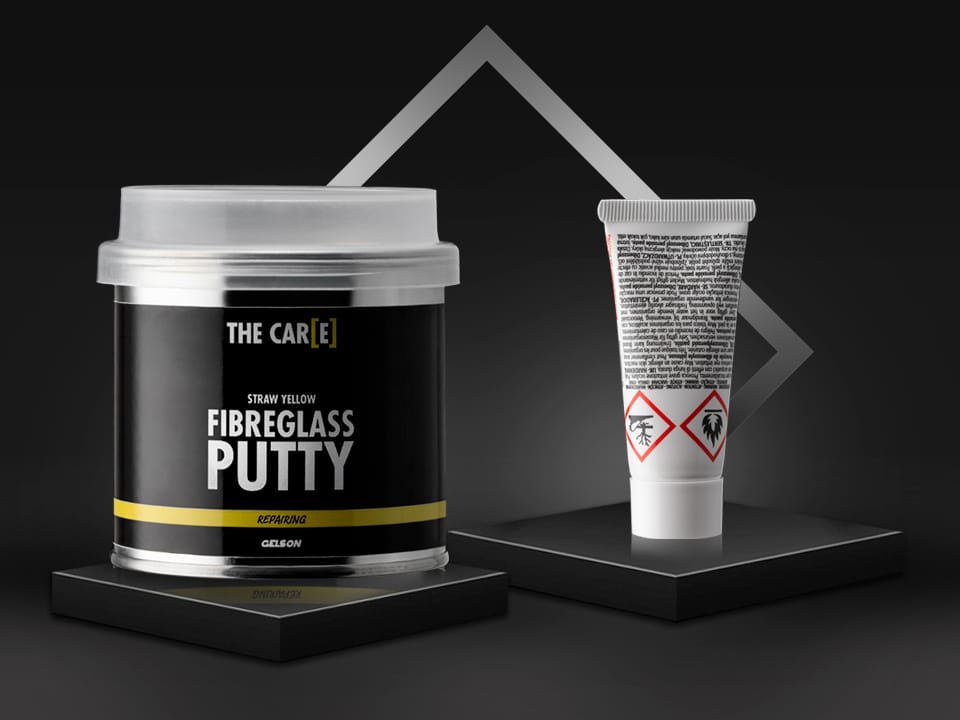
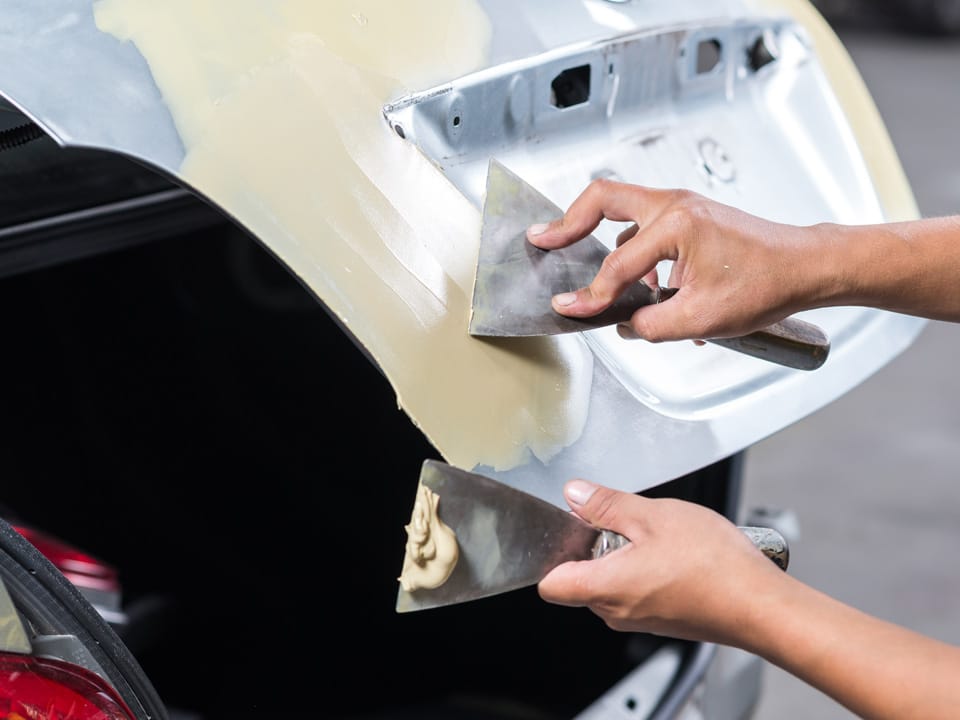
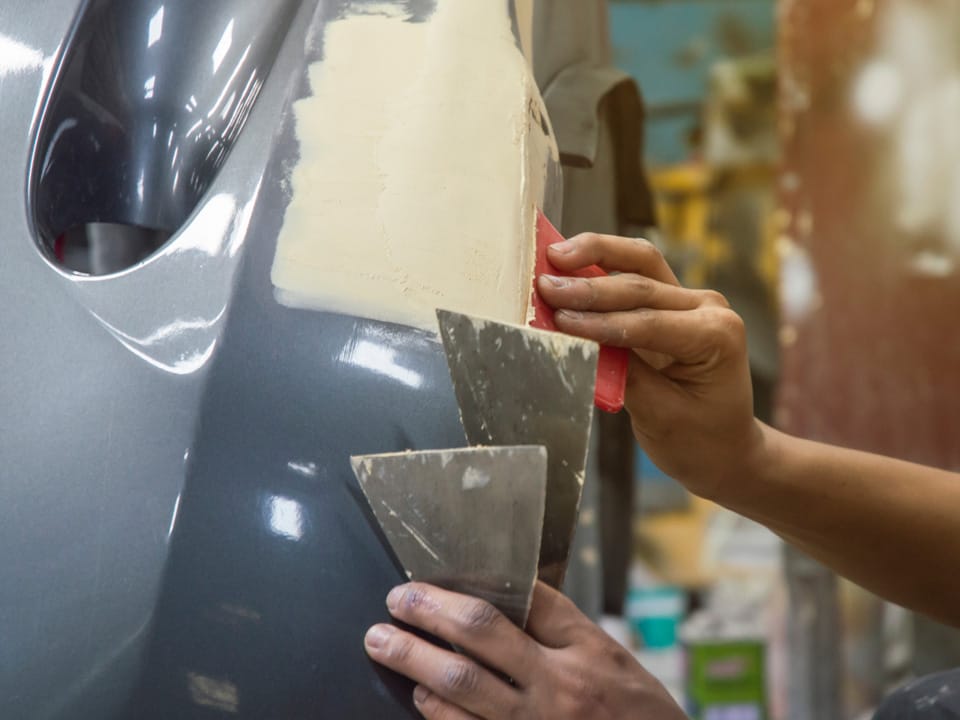
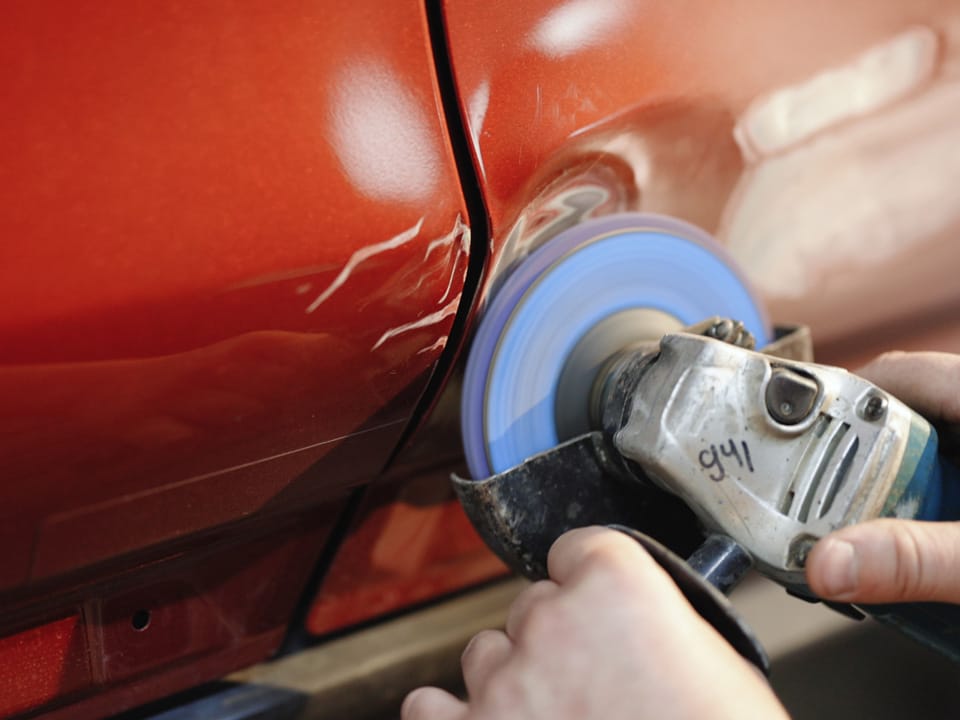



Applying fiberglass filler to automotive or other fiberglass surfaces requires care and precision to achieve a smooth, durable result. Here's how you can do it simply and accurately at home.
Fiberglass putty is used on fiberglass surfaces and in various fields of application such as, for example, the nautical one. It is the useful and indispensable tool for filling, correcting and leveling imperfections, drafts and damage, even of large thicknesses. It is, in fact, a layerable and excellently resistant filling putty that allows anyone to carry out small do-it-yourself repairs.
Obtain the best quality products and accessories needed for the small repair:
Procedure:
By following these steps carefully, and choosing quality fillers such as those from The Care collection, you will be able to apply fiberglass filler effectively to fiberglass surfaces, including vehicles, sheet metal, spoilers, side skirts, rear wings, gelcoat and other surfaces.
Read also:
In the world of small DIY car repairs, the application of putty is often used to repair small damages, dents or superficial bumps on the car body. Here's how you can apply stucco correctly.
Materials needed:
Procedure:
Remember that car repair putty is mainly used for light damage or superficial dents.
To guarantee high-quality results, we recommend The Care putty collection which offers a wide range of solutions for small DIY repairs of different materials and surfaces.
These are very high quality fillers, successfully on the market for 60 years, chosen by thousands of professionals, specifically designed to correct imperfections and small marks on the bodywork and other surfaces.
They are all two-component putties, with the catalyst already included in the package, which can be used with the appropriate set of Putty Knife spatulas of different sizes.
Let's discover them briefly together:
Read also:
Car repair putty can be used to repair small damages, dents, streaks, pits or other surface imperfections on the car body.
Some of the most common cases in which you can apply stucco to repair minor damage are:
It is important to note that putty is best suited for small repairs and superficial damage. If you have more serious or extensive damage, such as deep dents or structural damage to the bodywork, professional assistance may be necessary. The correct application of stucco requires skill and patience to obtain high-quality results, as it is a process of some complexity.
We have seen some examples of cases in which the use of repair putties is advisable, but on which surfaces can it be done?
Here are examples of practical application of car repair putty on different types of surfaces:
The types of surfaces where putty can be applied are different and cover a wide range of materials common in automotive construction. However, the size and complexity of the damage will determine whether the repair can be handled DIY or will require assistance from an automotive or marine professional.
To guarantee high quality results, today we recommend The Care putty collection which offers a wide range of solutions for small DIY repairs of different materials and surfaces.
These are very high quality fillers, successfully on the market for 60 years, chosen by thousands of professionals, specifically designed to correct imperfections and small marks on the bodywork and other surfaces.
They are all two-component putties, with the catalyst already included in the package, which can be used with the appropriate set of Putty Knife spatulas of different sizes.
Let's discover them briefly together:
Read also:
You might also like